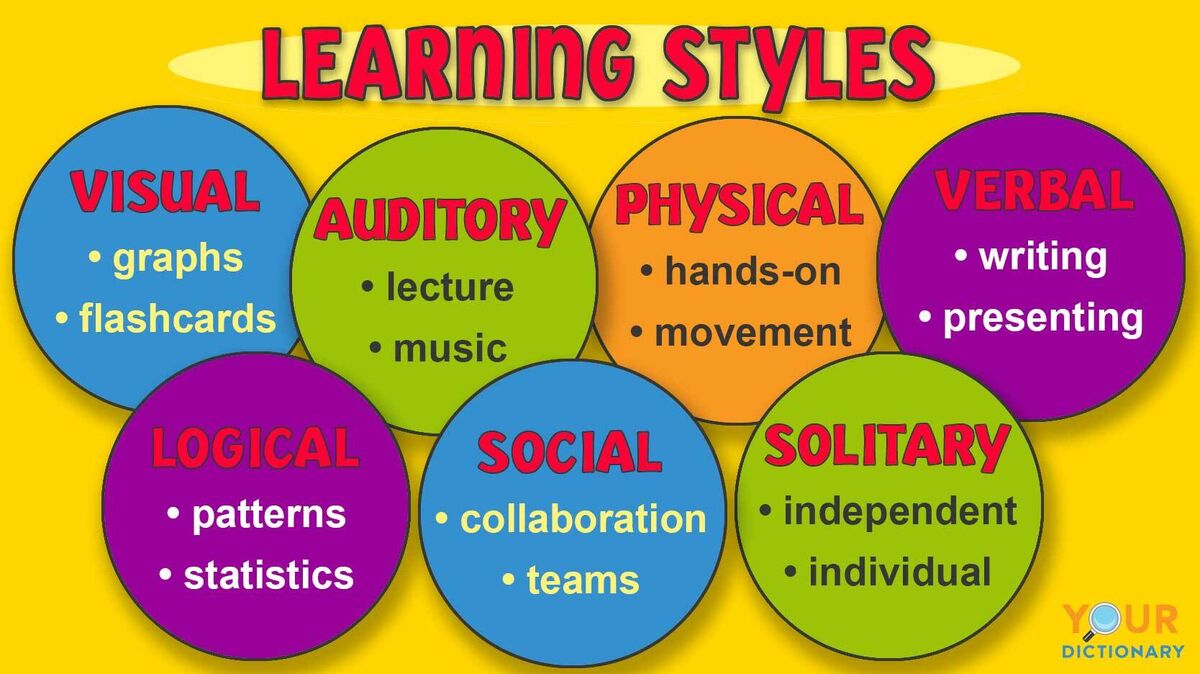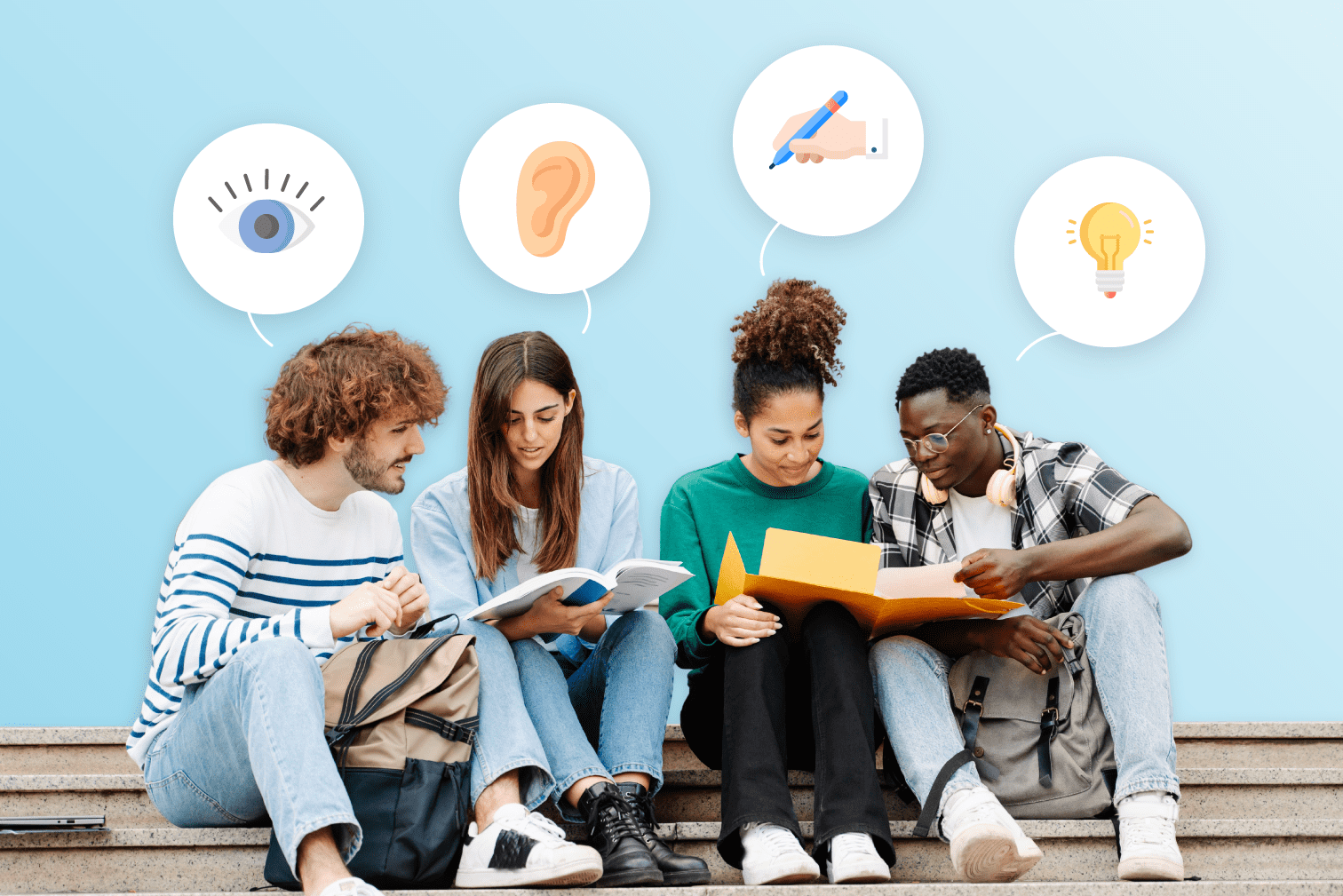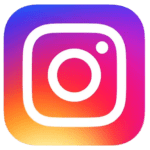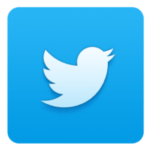
Introduction to Learning Styles
Have you ever wondered why some people grasp new concepts effortlessly while others struggle to keep up? The answer often lies in learning styles. Each individual has a unique approach to absorbing information, which can make all the difference in their educational and professional journeys. Understanding these different ways people learn not only enhances personal growth but also improves collaboration and effectiveness in various settings.
Whether you’re a student facing exams or a professional tackling new skills, knowing your preferred learning style can unlock your full potential. Dive into this exploration of visual, auditory, kinesthetic, and reading/writing learners as we uncover what makes each style distinct. Together, we’ll discover how recognizing these differences can transform the way we teach and learn!
Visual Learners: Characteristics and Study Tips
Visual learners thrive on imagery. They grasp concepts better through charts, graphs, and diagrams. These learners often have a keen eye for detail and can easily recall visual information.
To enhance their studying experience, it’s beneficial to create colorful mind maps or infographics. This approach helps in organizing thoughts visually.
Using flashcards can also be effective. Visual learners often find that images paired with words stick in their minds longer than text alone.
Incorporating videos into study sessions is another useful strategy. Educational content delivered through visuals fosters understanding and retention.
Additionally, incorporating art supplies like markers and highlighters allows these learners to engage creatively with the material they are studying. By making learning visually stimulating, they can maximize their potential.
Auditory Learners: Characteristics and Study Tips
Auditory learners thrive on sound. They grasp concepts best through listening and verbal communication. If you notice your child or yourself often humming along to tunes while studying, this may be a sign of an auditory learning style.
These individuals typically prefer discussions over reading textbooks. Group study sessions can be very effective for them. Engaging in conversations about the material helps solidify their understanding.
To enhance learning, auditory learners can utilize tools like audiobooks and podcasts. Listening to recorded lectures allows them to absorb information at their own pace. Additionally, repeating information out loud can aid memory retention.
Incorporating music or rhythm into study routines might also boost focus. Whether it’s creating mnemonics set to a tune or using background music while working, these strategies can make learning more enjoyable and effective for auditory learners.
Kinesthetic Learners: Characteristics and Study Tips
Kinesthetic learners thrive on hands-on experiences. They engage with the material by physically manipulating objects or performing tasks. This learning style is all about movement and action.
These individuals often excel in activities that involve building, creating, or experimenting. If you recognize yourself in this description, you’re likely to remember information best when you can touch it, move it, or act it out.
To study effectively as a kinesthetic learner, incorporate physical activities into your routine. Try assembling models related to your subjects or conducting experiments if possible.
Using flashcards? Stand up and pace while quizzing yourself for better retention.
Group work can also be beneficial—discuss concepts while moving around a space together rather than sitting still for long periods. Engaging multiple senses will enhance understanding and recall significantly.

Reading/Writing Learners: Characteristics and Study Tips
Reading/writing learners thrive on interaction with text. They absorb information best through reading and writing exercises. This learning style often involves extensive note-taking, summarizing ideas, and transforming concepts into written form.
If you identify as a reading/writing learner, consider incorporating more books and articles into your study routine. Engage deeply with the material by jotting down thoughts in the margins or creating detailed outlines.
Practice rewriting notes after classes to reinforce understanding. Transform lists of facts into paragraphs that explain those facts in your own words.
Utilize flashcards for key terms or important quotes from texts. This not only aids memorization but also allows for an active engagement with content.
Creating mind maps can help visualize connections between concepts while still focusing on the written word. These strategies make studying both effective and enjoyable for those who learn best through reading and writing activities.
Finding Your Dominant Learning Style
Discovering your dominant learning style can be a game-changer. It helps optimize how you absorb information and retain knowledge.
Start by reflecting on past experiences. Think about the times when you found it easiest to learn something new. Did visuals help, or did listening play a bigger role?
Consider taking quizzes designed to identify your learning preferences. Many resources are available online that can provide insights into whether you’re visual, auditory, kinesthetic, or reading/writing oriented.
Experiment with different methods in various settings. For example, try using diagrams for complex concepts or discussing ideas out loud with peers.
Most importantly, stay flexible. You may find that employing multiple styles enhances your overall understanding and adaptability in diverse situations. Embrace the journey of self-discovery as you delve deeper into what truly resonates with you.
Applying Different Learning Styles in Education and Work
Understanding and applying different learning styles can transform both educational environments and workplaces. When instructors recognize the diverse ways students absorb information, they can tailor their teaching methods accordingly. This might involve integrating multimedia presentations for visual learners or encouraging group discussions for those who thrive on auditory input.
In professional settings, leaders can foster collaboration by accommodating various styles in team projects. Kinesthetic learners often excel when given hands-on tasks, while reading/writing individuals may prefer written reports to analyze data effectively.
Flexibility is key. By embracing a mix of approaches, educators and managers create inclusive atmospheres that enhance engagement and productivity. This not only empowers individuals but also enriches collective outcomes within teams or classrooms. Adapting strategies encourages everyone to reach their full potential based on their unique preferences.

Conclusion
Understanding different learning styles can transform the way we approach education and work. Each individual has a unique combination of ways they absorb information, whether it’s through visual aids, auditory cues, hands-on experiences, or reading and writing. Identifying your dominant learning style can enhance your study habits and improve retention.
By incorporating various techniques tailored to these styles in both educational settings and workplaces, you create an environment that fosters engagement and productivity. Embracing this diversity not only benefits personal growth but also enriches group dynamics.
As you explore these different approaches to learning, remember that flexibility is key. Adapting methods to suit specific contexts will allow for a more effective exchange of knowledge among peers. By acknowledging how people learn differently, we pave the way for more inclusive and successful educational journeys ahead.
.




Leave a Reply